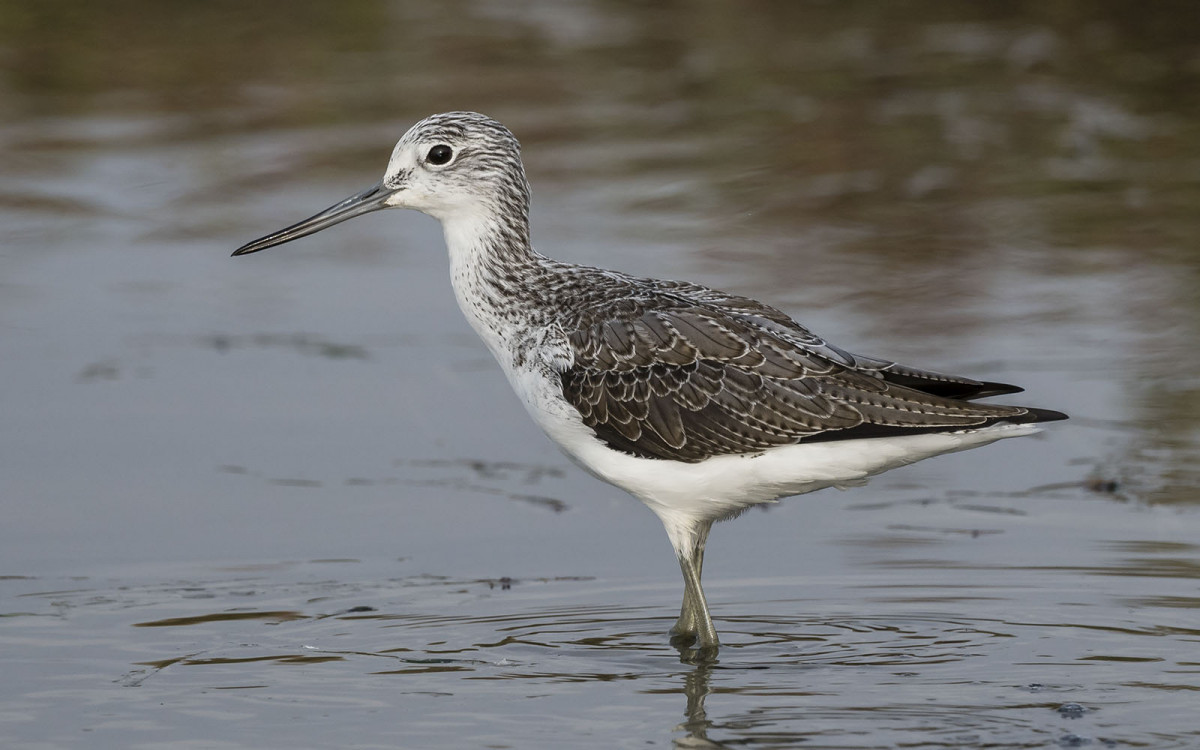
Migration blog (July – August)
As we progress through late summer and our gardens and surrounding countryside are filled with the young from this year's breeding season, it seems odd that for some birds autumn migration is already underway. Indeed for the next eight or so weeks, both the number of birds and diversity of species migrating will increase before falling away in late autumn.
In the last four weeks waders in particular have been increasing as birds head back south after the short breeding season. Spotted Redshank, Greenshank and Common and Green Sandpiper are some of the first to head south, and over the last couple of weeks the BirdTrack reporting rates increased for each species. These rates will peak in the next few weeks. Good numbers of Black-tailed Godwits were also noted across the country, mostly involving the Icelandic race (islandica) with Saltholme in Cleveland recording a county record count of 526 birds. Some of these birds are colour ringed and their history can be traced; if you do spot one with colour rings, you can report it. It wasn’t just Icelandic birds that were seen; some individuals of the continental race limosa were reported in Gloucestershire, Norfolk and Essex and probably involved birds from the small UK population as well as individuals from the near continent.
The Crossbill influx seen at the end of June continued into early July but numbers soon fell away. Could they have taken up residence in conifer woodlands across the country?
Late summer is the time that Cuckoos depart southwards. Indeed the BTO satellite tagged birds are already in Spain and France, and you can track their migration here. The reporting rate for Swift will also take a dramatic drop in the next couple of weeks as birds depart. Screaming flocks of birds can be seen over our towns and cities now as they group together before heading off southwards through Spain then crossing into Africa and heading through Western Sahara and then east towards the Congo basin.
A few rarities were found during the last month including the Western Palearctic's first Short-tailed Shearwater, which washed up on a beach in Co. Waterford before unfortunatly passing away in care, and a supporting cast of Black-browed Albatross at Bempton Cliffs, East Yorkshire, Yelkouan Shearwater in Dorset, Brown Booby in Co. Wicklow and Sooty Tern in Suffolk - all added to a seabird bias.
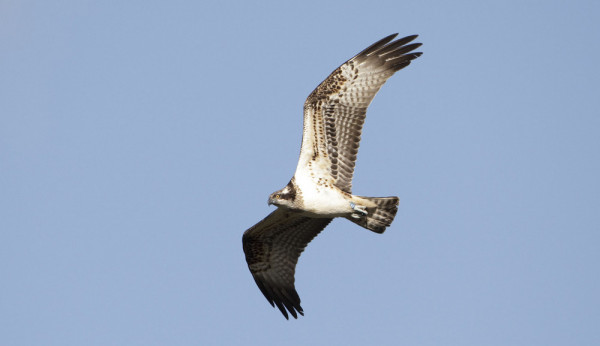
Species Focus – Osprey
The Osprey is one of our larger birds of prey and until relatively recently was confined to a few breeding pairs in Scotland. During the last few decades, thanks to reintroduction schemes, it is now a familiar sight as a breeding bird at several sites across the UK. However, you don’t have to visit these sites to be in with a chance of seeing an Osprey. With many more birds toing and froing to Africa and back there is a chance of bumping into one anywhere.
In Scotland, young Ospreys begin flying during the second half of July but hang around the nest site until mid-August when they will begin the long migration south. The adult female is the first to leave, followed by the oldest chick, then the younger chicks and lastly by the adult male, who doesn’t leave until the last chick has left. Ospreys migrate individually, with most British birds heading for West Africa via France, Spain and Morocco. Unlike many other large raptors, they aren’t restricted to narrow sea crossings and tagged birds have been followed crossing the Bay of Biscay.
Male and female Ospreys from Norway and Sweden have been recorded breeding in Scotland and some Scandinavian birds drift across the North Sea during migration, and, as Scandinavian Ospreys largely leave their breeding sites a little later than our birds any ‘late’ Osprey seen in the UK could be one of these birds.
Late July into August is the time for seabirds, and with a mixed bag of weather forecasts, it looks like most coastal locations could see some good seabird movements.
Looking ahead
Late July into August is the time for seabirds, and with a mixed bag of weather forecasts, it looks like most coastal locations could see some good seabird movements. Atlantic depressions will dominate the weather over the next few days bringing in a run of westerlies before pulling in some northerly air. The southwest is often the best place to go if you want to get in on the best of the seabirds but that isn’t to say you shouldn’t head to your nearest coastal location. Common and Arctic Terns will be on the move and big mixed flocks can be seen almost anywhere, including inland locations. These flocks may also contain the occasional Roseate Tern whose whiter plumage and dark bill help separate them from their more common relatives. This is a good time of year for Kittiwakes and Little Gulls too, the young of both species share a distinctive black "W" pattern across their wings and backs but the larger size and whiter wings of Kittiwake help separate them from their smaller cousins. Little Gulls can sometimes be found on larger bodies of water inland and at this time of year can involve a whole range of age groups, from adults sporting black heads and white wing-tips, to 1st summer birds and this year's young. The dark underwing is a great way to pick them out from the more common gulls as they fly around hawking for insects.
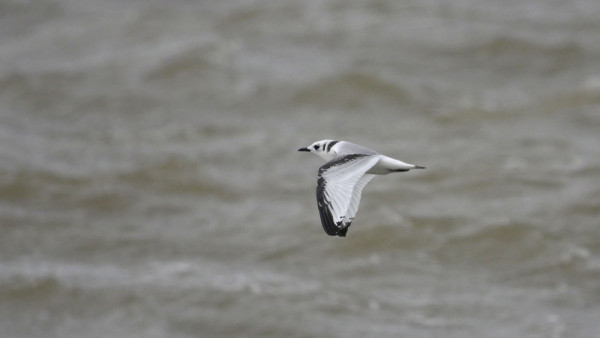
Manx Shearwaters and Storm Petrels start to be seen in greater numbers during the next few weeks and prominent headlands in the south west are a great place to see them passing. In the case of Manx Shearwaters, this can sometimes be in their hundreds. As we progress into August these will be joined by migratory Cory’s Shearwaters and Great Shearwaters, both of which are a good size up from Manx Shearwater. Neither species breeds in the UK, but both species occur here each year in varying numbers, often weather-related. Strong south-westerlies from the mid-Atlantic can push birds into British waters, with Cornwall often getting the lion's share, but even North Sea locations can sometimes luck in on birds pushed up through the Channel. This time of year also sees the peak of Wilson’s Petrel sightings, a near-mythical bird that was once rare in British water but recently has been seen with more regularity, particularly during pelagic trips from the Isles of Scilly. They still remain uber rare from land.
Waders will continue to arrive from their northern breeding grounds and numbers of Grey and Golden Plover, Wood and Curlew Sandpiper, Knot, Dunlin and Little Stints will all increase. Larger waders like Bar-tailed Godwit, Curlew and Whimbrel continue to arrive, some still in their smart summer plumage, and estuaries can be a great place to visit at this time of year to see a wide selection of waders all feeding up to fuel their journey southwards. The adult birds will be the first to arrive, with this year's young following on unguided by their parents in the following weeks, another example of how amazing migration is. How do these young birds know where to migrate to without the help of parent birds? All in all, the next few weeks promise to provide a great diversity of species, some of which you won't have to travel far to see. Why not look out from your front door one evening and see if you can spot a gathering of Swifts? Tell us what you're seeing in the comments.




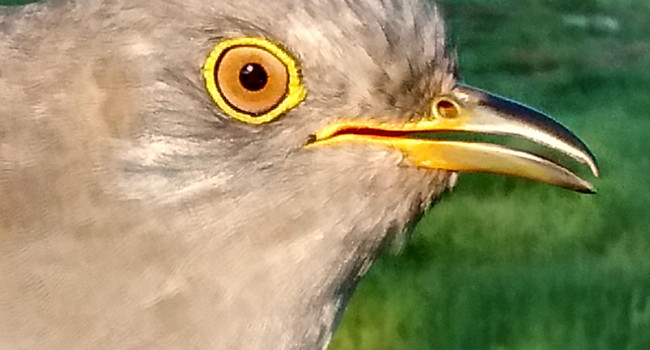
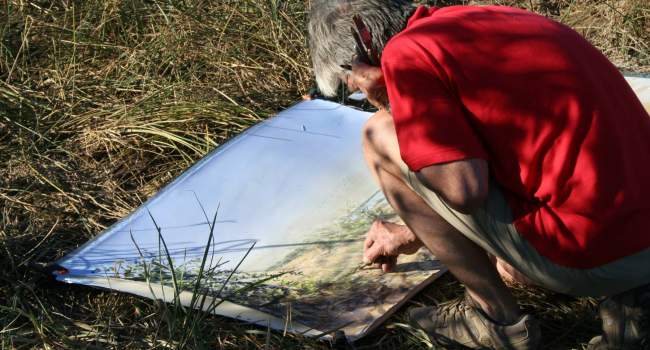

Share this page